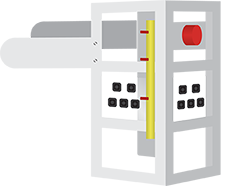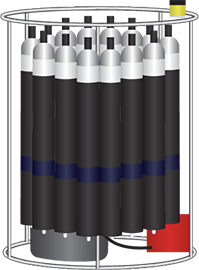
Part 1 Krill matters
This Antarctic animal can be seen from space.
It seems improbable, but these small shrimp-like crustaceans, known as Antarctic krill, can form super-swarms tens of kilometres in size and more than a hundred metres deep.
In fact, scientists estimate there are more than 400 million tonnes of krill in the Southern Ocean around Antarctica – about the weight of every person on Earth.
But if countries want to fish for krill, how do we know how much is safe to catch, without leaving predators hungry and harming the environment?







